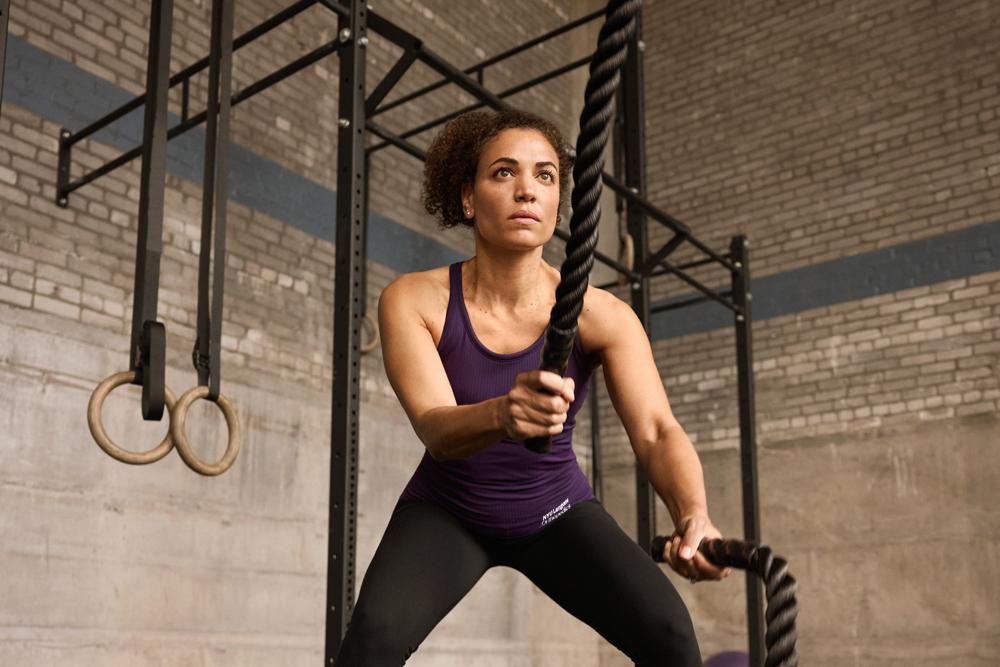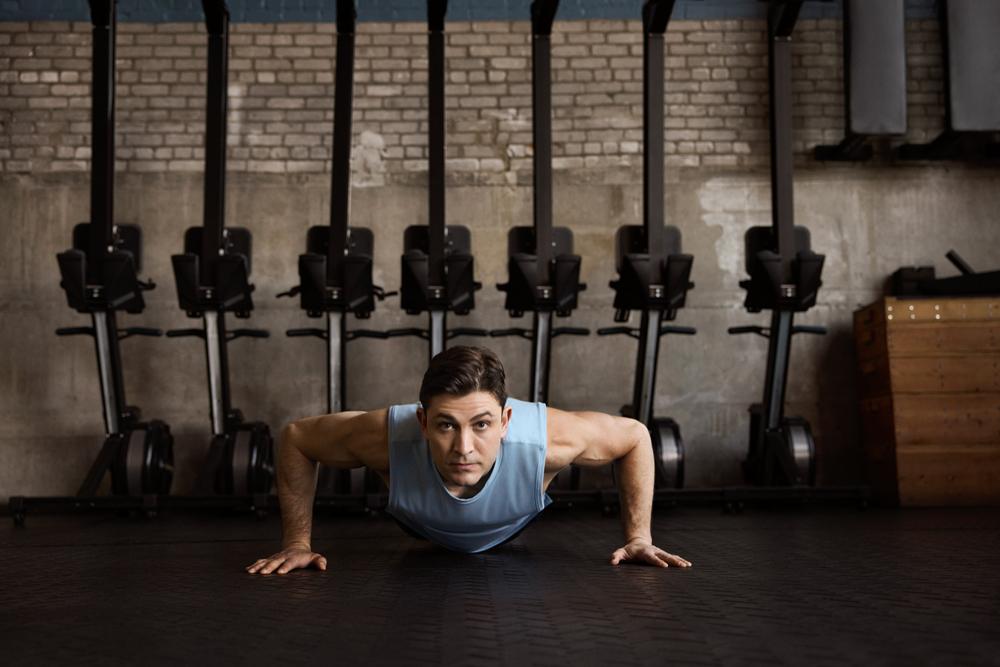
Many of NYU Langone orthopedic and sports health experts were or are athletes themselves, and that includes Dr. Raymond Walls, a world-champion Irish dancer and former lead performer in “Riverdance.”
Credit: NYU Langone
How’s your game? Whether you’re looking to boost muscle strength and exercise performance; prevent a sports injury; or speed recovery after a tear, strain, or sprain, we’ve got you covered.
At NYU Langone Health, many of our orthopedic and sports health experts at NYU Langone Orthopedics and Sports Health are current or former athletes. They bring their lived experience to each doctor–patient interaction.
We asked our doctors to share their best tips for helping you achieve and maintain peak performance—or get back in the game. Even simple tweaks can make a difference, no matter where you are in your fitness journey.
Strengthen Your Entire Core, Not Just Your Abs
Core strengthening is more than just an abdominal workout. “A lot of people don’t realize that the core involves your back muscles,” says spine surgeon Charla R. Fischer, MD.
Before launching into a core routine, warm up the muscles of your back with a few rounds of cat–cow. Here’s how: With your hands and knees on the ground, assume a tabletop position. Gently arch your spine upward like a cat and hold the stretch; then let your abdomen sink toward the floor and hold. Repeat that stretch for several rounds.
For a core workout that you can do without equipment, Dr. Fischer likes planks—essentially holding your body in a push-up position with a straight back. Or, if you have shoulder issues, try dead bugs. Lie flat on your back and push your abs into your spine. Stretch your arms and legs on the ground below and above you. Simultaneously lift your left arm above your shoulder and your right leg—bent at a 90-degree angle at the knee—above your hip. Then switch to the other arm and leg. Repeat the exercise for several rounds.
Treat Ankle Sprains with PEACE and LOVE
For many years, the go-to advice for managing ankle sprains and other soft tissue injuries boiled down to a simple acronym, RICE, which stands for rest, ice, compression, and elevation, or PRICE, which added injury “protection” to the mix. Now, increasingly, sports medicine experts and physical therapists embrace a new approach: PEACE and LOVE.
To promote healing immediately after an injury, “protect” the injury from pain-inducing movements, “elevate” the injured limb, “avoid” prolonged use of anti-inflammatory medicines, and apply “compression.” The “E” in PEACE is for “education” on benefits of an active approach to healing.
The second part, LOVE, addresses long-term recovery. “L” stands for “load,” or letting your body dictate when to resume normal activities. “O” is for maintaining “optimism.” “V” is for improving “vascularization,” or blood flow to the injury, through aerobic activity. And “E” is for “exercise.”
Foot and ankle orthopedic surgeon Raymond Walls, MD, has implemented the treatment philosophy in his own practice. “While ice can provide immediate pain relief, its excessive use may delay the natural healing process,” he explains.
When Fatigue Strikes, Call It a Day
There’s a superstition that goes like this: never call “last run” before wrapping up your day on the slopes. “The idea is that when skiers push for that final run, their bodies and minds are often already fatigued,” explains Mark G. Grossman, MD, chief of sports medicine and arthroscopy at NYU Langone Hospital—Long Island.
“Fatigue impairs judgment, slows reaction times, and makes coordination more difficult, increasing the risk of accidents,” Dr. Grossman says.
To prevent injuries, listen to your body and recognize the signs of fatigue. “Whether you’re skiing, running, or playing a team sport, sometimes the smartest move you can make is knowing when to call it a day.”
Train to Reduce Injury Risk
Women are particularly prone to developing anterior cruciate ligament (ACL) tears. That’s partly due to mechanics—how they’re cutting and pivoting, observes sports orthopedic surgeon Abigail L. Campbell, MD.
And that’s where strength and biomechanics come into play. “Whether you’re recovering from an injury or trying to prevent one in the future, strengthening and correcting your run–lift–jump mechanics is of the utmost importance because proper form and movement can enhance your performance and reduce your risk for injury,” says Dr. Campbell.
The experts at our Sports Performance Center and the Center for Women’s Sports Medicine can work with you to help improve your performance and lower your risk of injury. And if you’re recovering from an injury or surgery, physical therapists at NYU Langone’s Rusk Rehabilitation can design a plan to help you meet your goals.
Check Your Grip to Gauge Muscle Strength
Skeletal muscles, also called voluntary muscles, are the ones that power your workout. Tethered to your bones by ligaments, these muscles make it possible to sit up straight and move your body.
“Skeletal muscle mass is critically important for your overall health, and grip strength is a proxy for your overall strength and skeletal muscle mass,” explains hand surgeon Jacques H. Hacquebord, MD.
You can build both through simple exercises: hanging from a bar for arm, back, and core strength, or walking with hand weights for a full-body workout. “Your grip strength will increase along with your overall health,” says Dr. Hacquebord.



